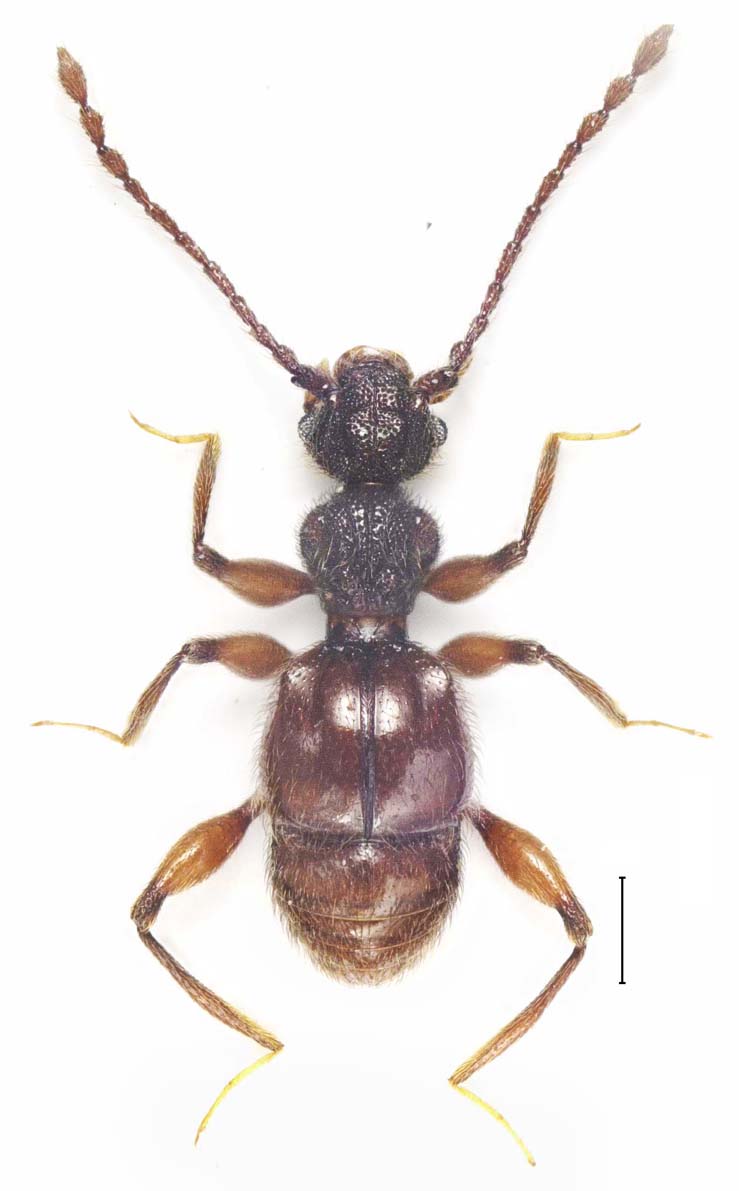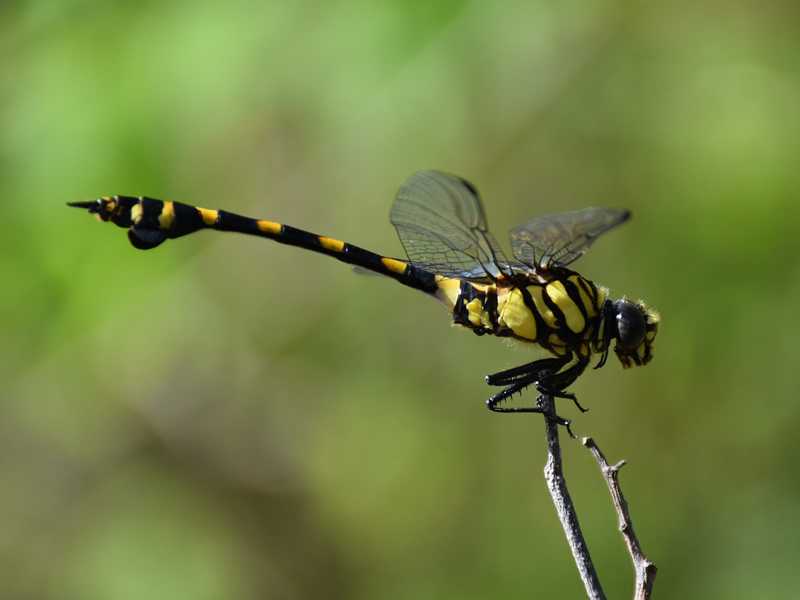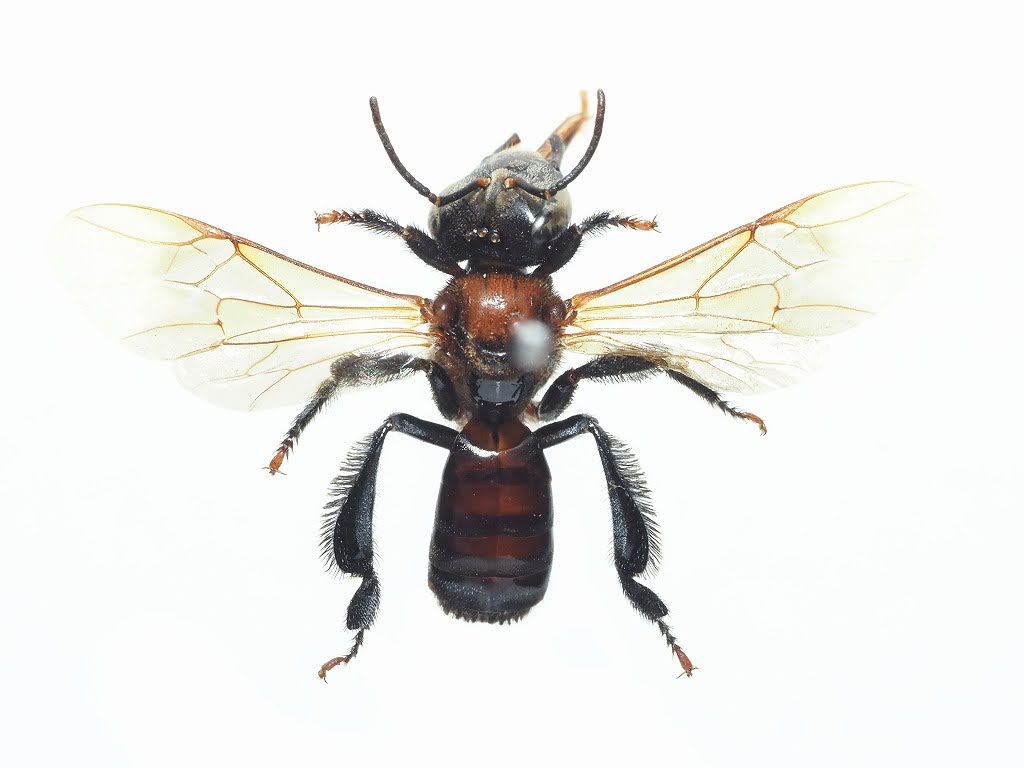Botanical and zoological surveys in Myanmar: Insecta, Coleoptedra, Pselaphines (short winged mold beetles)
Dr. Shuhei Nomura of the Department of Zoology surveyed the beetle fauna of Myanmar, especially Pselaphines (Coleoptera, Staphylinidae), which is a large group of minute soil beetles. His surveys were conducted in 2017, 2019 and 2020 in Tanintharyi District (Fig01) in Southern part, and in Yezin in Central part. He collected many Pselaphines and the other minute beetles by sifting leaf litter in the forest (Fig02) and grassland, and by portable light traps (Fig03) and flight intercept traps (Fig04).
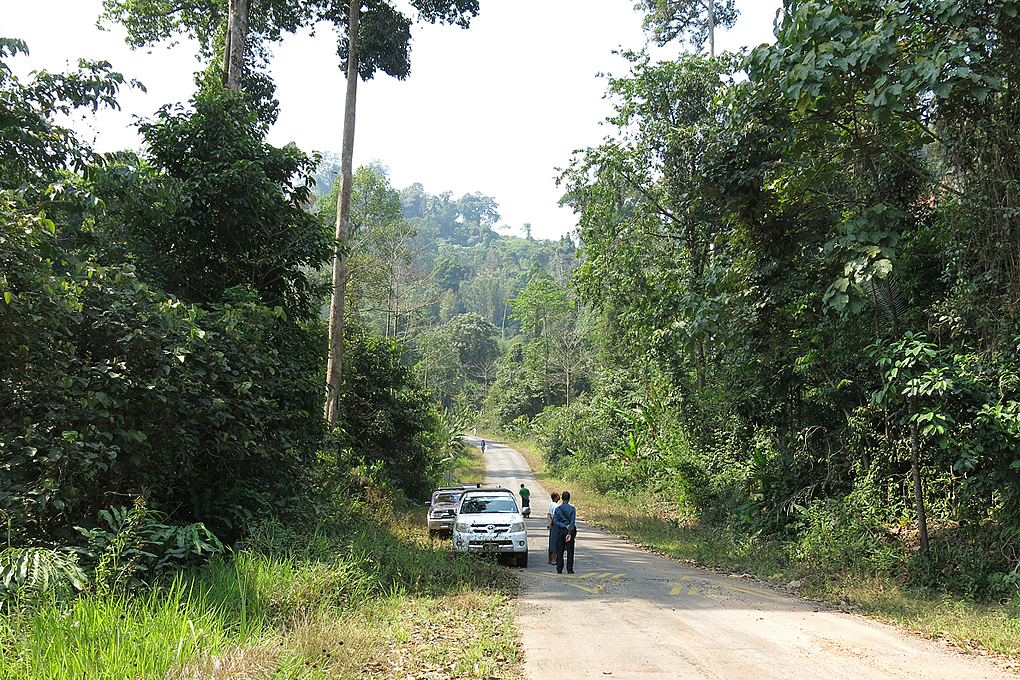
Fig 01. Snap of survey in Tanintharyi Nature Reserve (TNR).
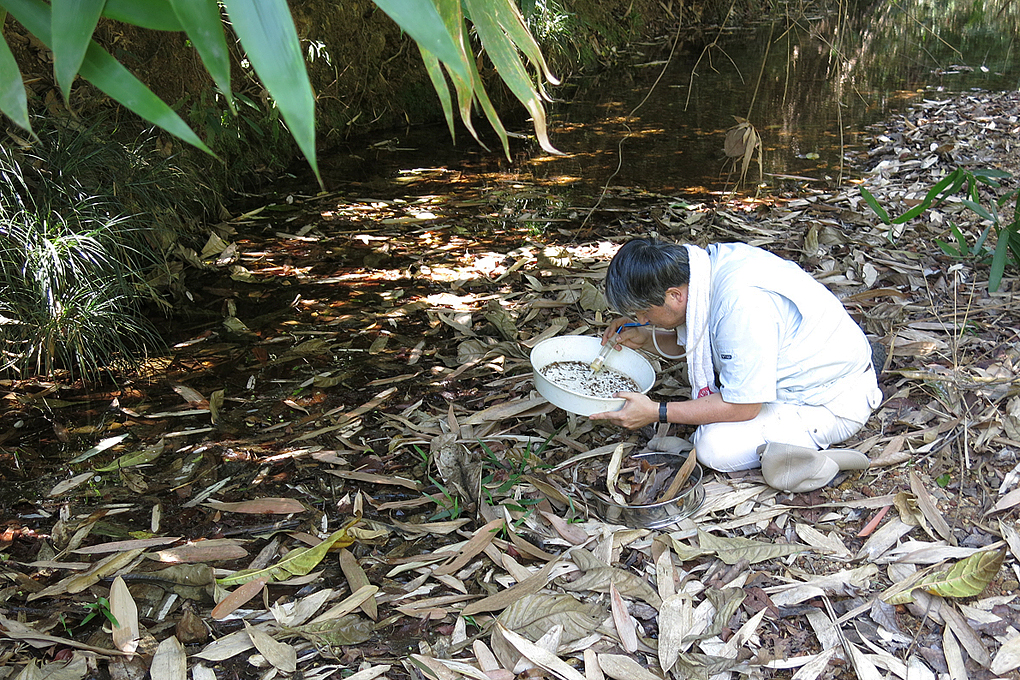
Fig 02. Collecting pselaphines by sifting leaf litter by Nomura.
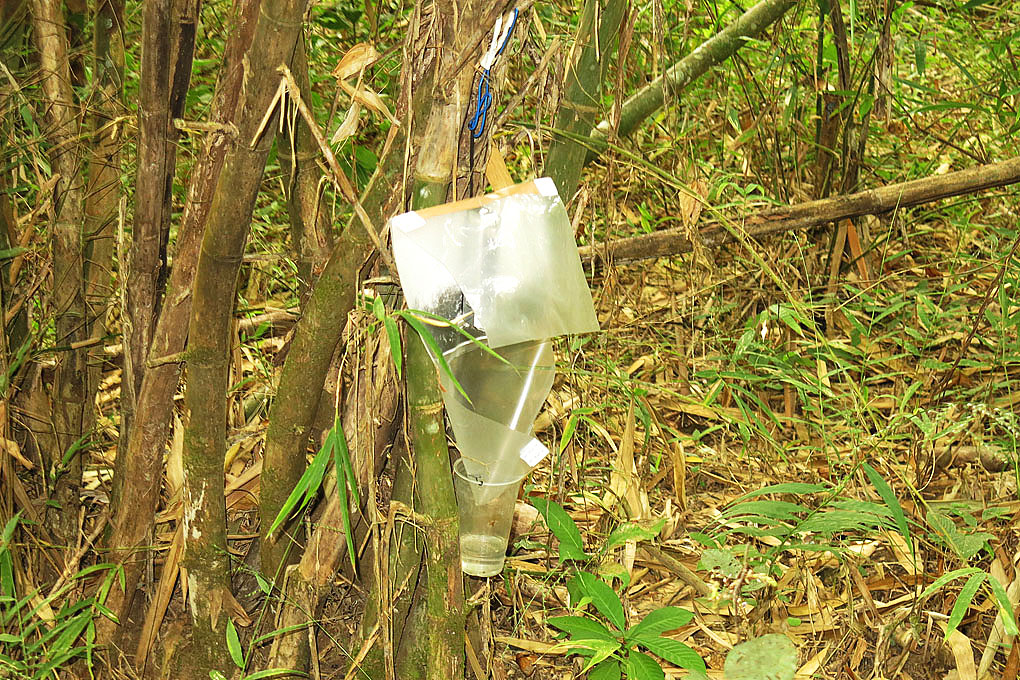
Fig 03. A portable light trap set in TNR.
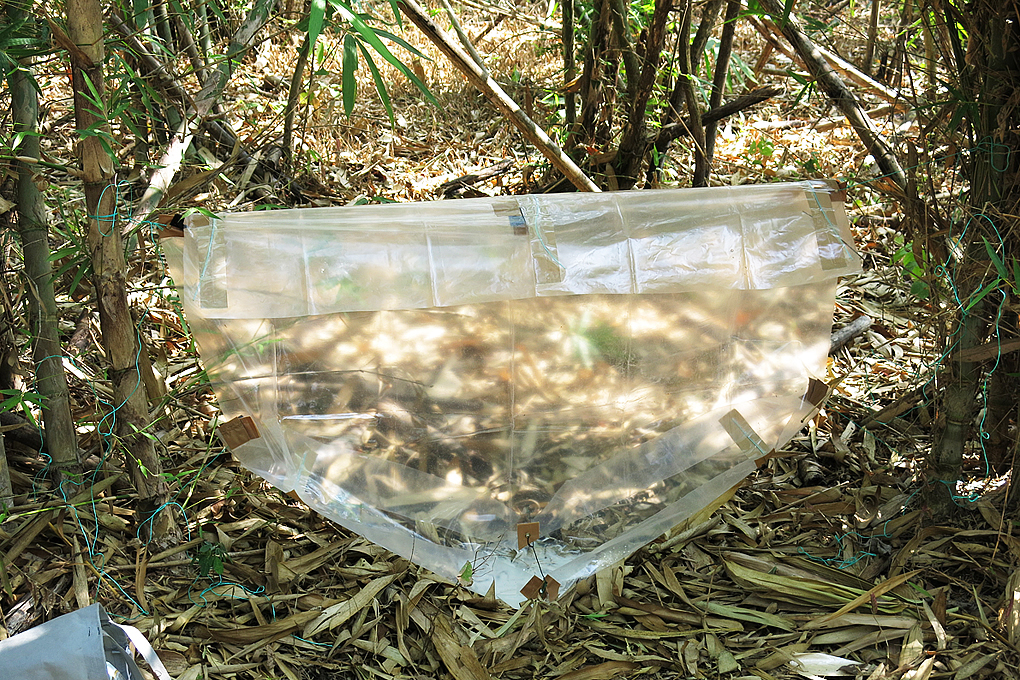
Fig 04. A flight intercept trap set in TNR.
After Nomura's surveys, 79 pselaphine species in 46 genera were discovered from Tanintharyi District in Southern part (Fig05-09), many of which are unnamed species. As to the whole of Myanmar, 120 named species of Pselaphines have been known. The further surveys are expected to increase pselaphine fauna of Myanmar, twice in number of species. As the result of our study until 2020, three new species of the genus-group of Tribasodites in the supertribe Batrisitae were described (Fig10). In 2021, two new species of the genus Pseudophanias in the supertribe Pselaphitae were added (Fig11).
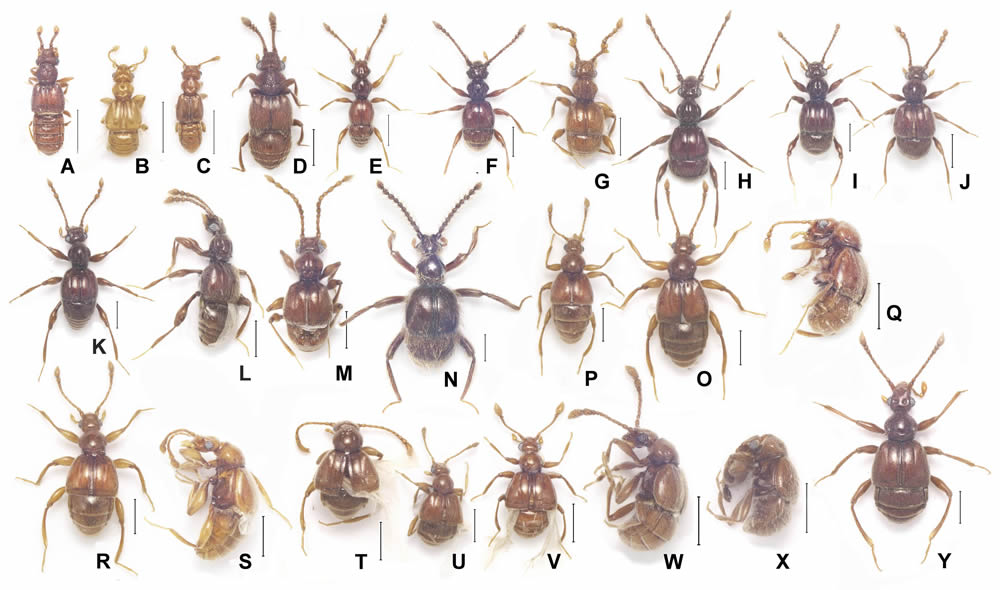
Fig 05. Pselaphine species collected in Tanintharyi Nature Reserve (TNR) in Jan. 2017 (1/2).
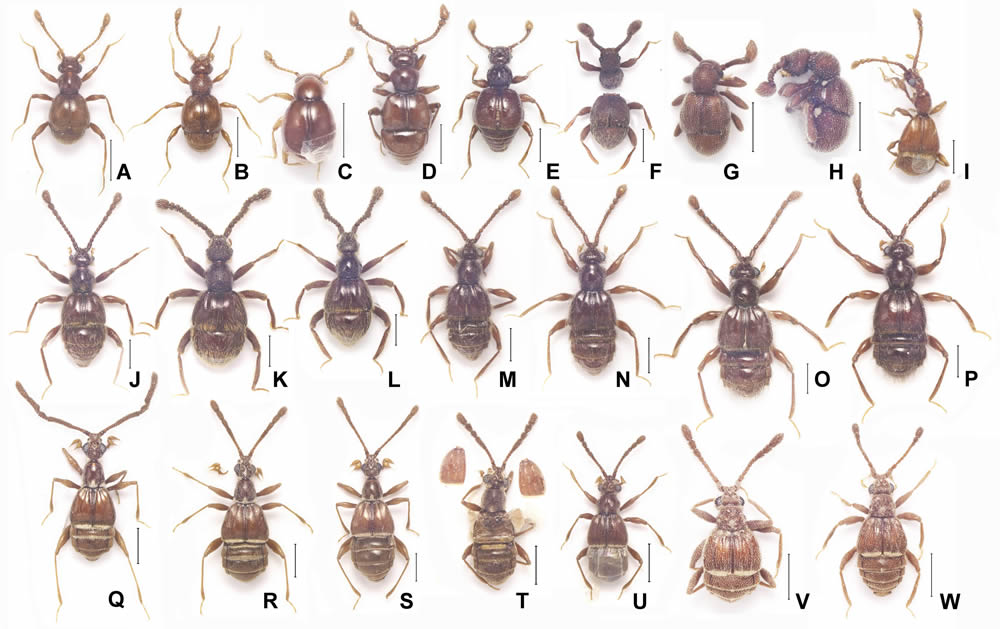
Fig 06. Pselaphine species collected in Tanintharyi Nature Reserve (TNR) in Jan. 2017 (2/2).
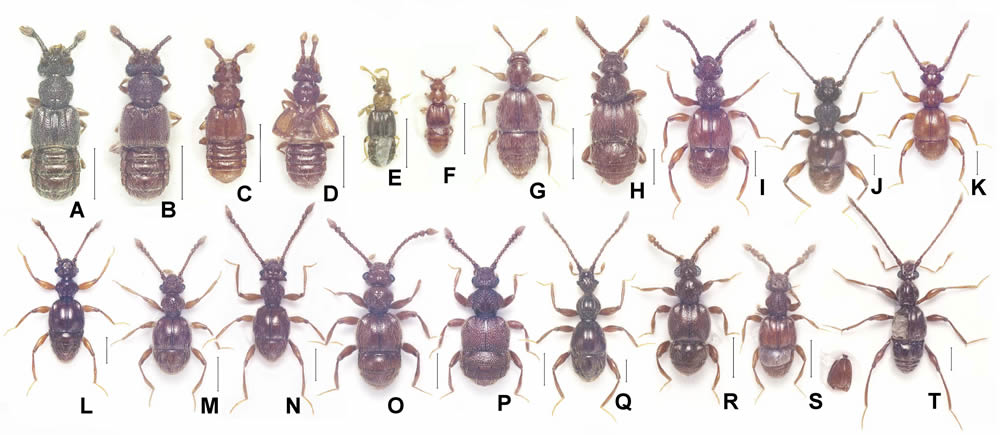
Fig 07. Pselaphine species collected in Tanintharyi Nature Reserve (TNR) in Nov. 2018 (1/2).
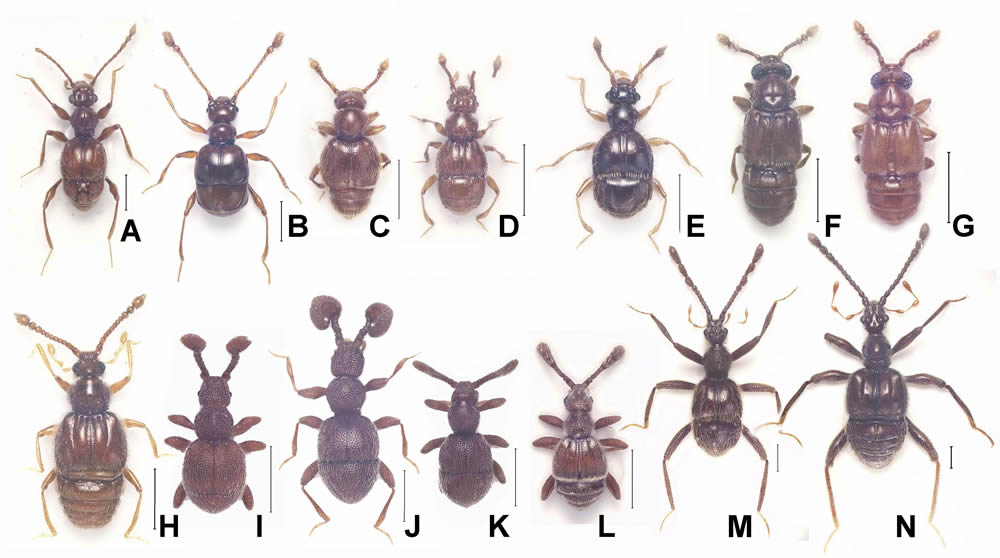
Fig 08. Pselaphine species collected in Tanintharyi Nature Reserve (TNR) in Nov. 2018 (2/2).
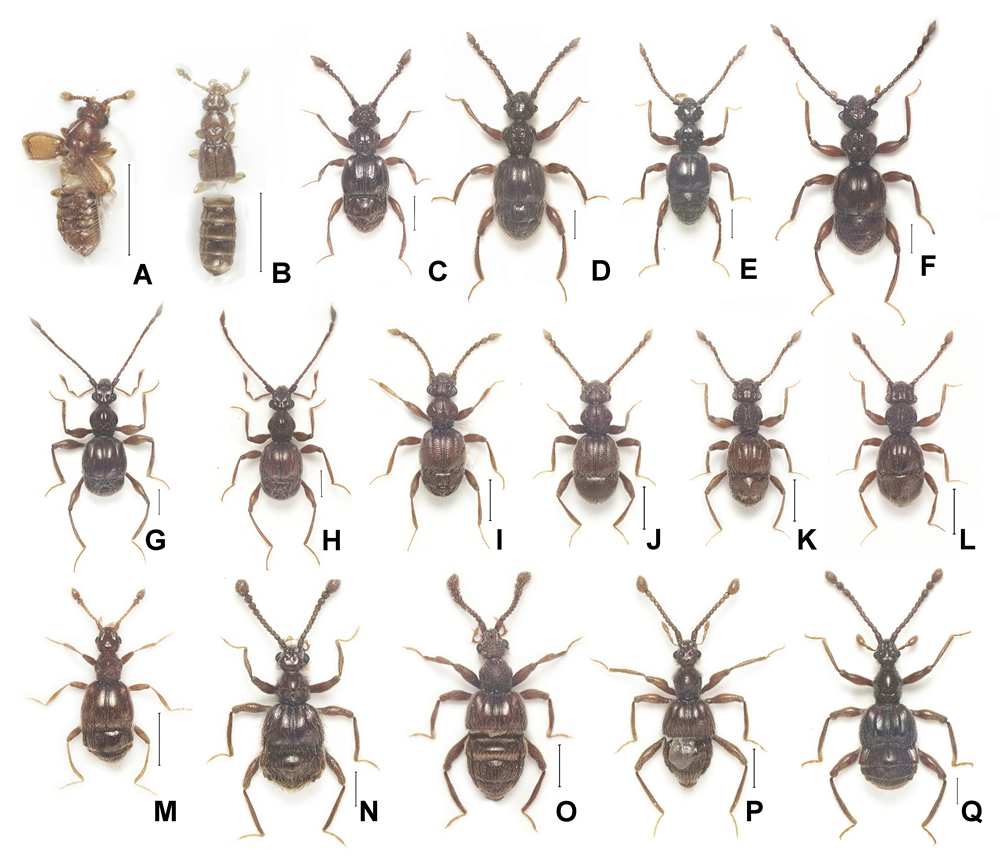
Fig 09. Pselaphine species collected in Tanintharyi Nature Reserve (TNR) in Feb. 2020.
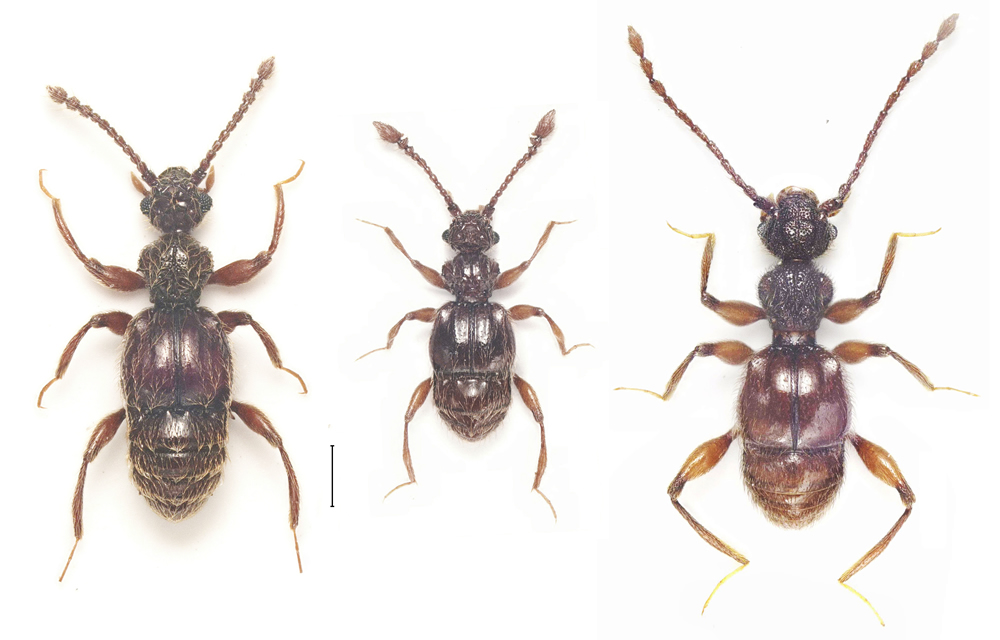
Fig 10. Three new pselaphine species described from Tanintharyi Nature Reserve (TNR) in 2020, from the left, Batriclator myanmaricus, Tribasodites denticornis, Smetanabatrus alesi. Scale bar: 0.5 mm.
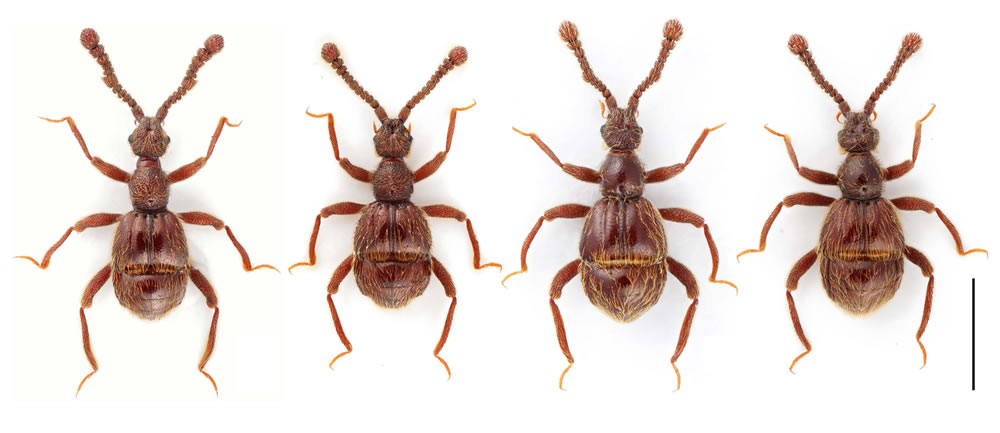
Fig 11. Two new pselaphine species described from Tanintharyi Nature Reserve (TNR) in 2021, from the left, Pseudophanias spinicornis, male, ditto, female, P. tanintharyiensis, male, ditto, female. Scale bar: 1 mm.
Odonata (dragonflies and damselflies) in Myanmar
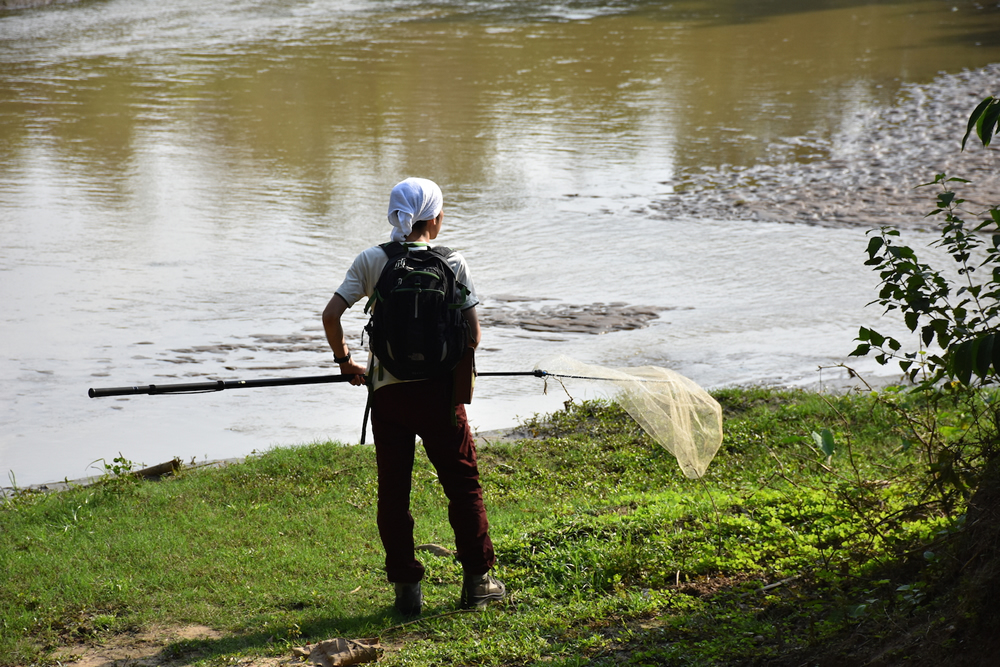 Faunal investigation of Myanmar's dragonfly began with a list of Leonardo Fea's collection (Selys, 1891), three volumes in the "Fauna of British India" series (Fraser, 1933, 1934, 1936), and Lieftinck (1949), which summarizes the specimens collected by the Swedish expedition. However, since then, no paper has been published that "comprehensively" covers the dragonfly fauna of the region, and the update of biota information, including many other fauna and flora groups, has been delayed for more than half a century. A large number of unrecorded and undescribed species of dragonflies have been found even by the author's three field surveys, and it is an area where progress in future surveys is desired. It is a region where the faunal elements of the Indian and Himalayan regions and those of the Southeast Asian region collide, and it is thought that the species diversity is very high, but the survey is very difficult due to the poor land-water environment, especially in arid region.
Faunal investigation of Myanmar's dragonfly began with a list of Leonardo Fea's collection (Selys, 1891), three volumes in the "Fauna of British India" series (Fraser, 1933, 1934, 1936), and Lieftinck (1949), which summarizes the specimens collected by the Swedish expedition. However, since then, no paper has been published that "comprehensively" covers the dragonfly fauna of the region, and the update of biota information, including many other fauna and flora groups, has been delayed for more than half a century. A large number of unrecorded and undescribed species of dragonflies have been found even by the author's three field surveys, and it is an area where progress in future surveys is desired. It is a region where the faunal elements of the Indian and Himalayan regions and those of the Southeast Asian region collide, and it is thought that the species diversity is very high, but the survey is very difficult due to the poor land-water environment, especially in arid region.
New species found!
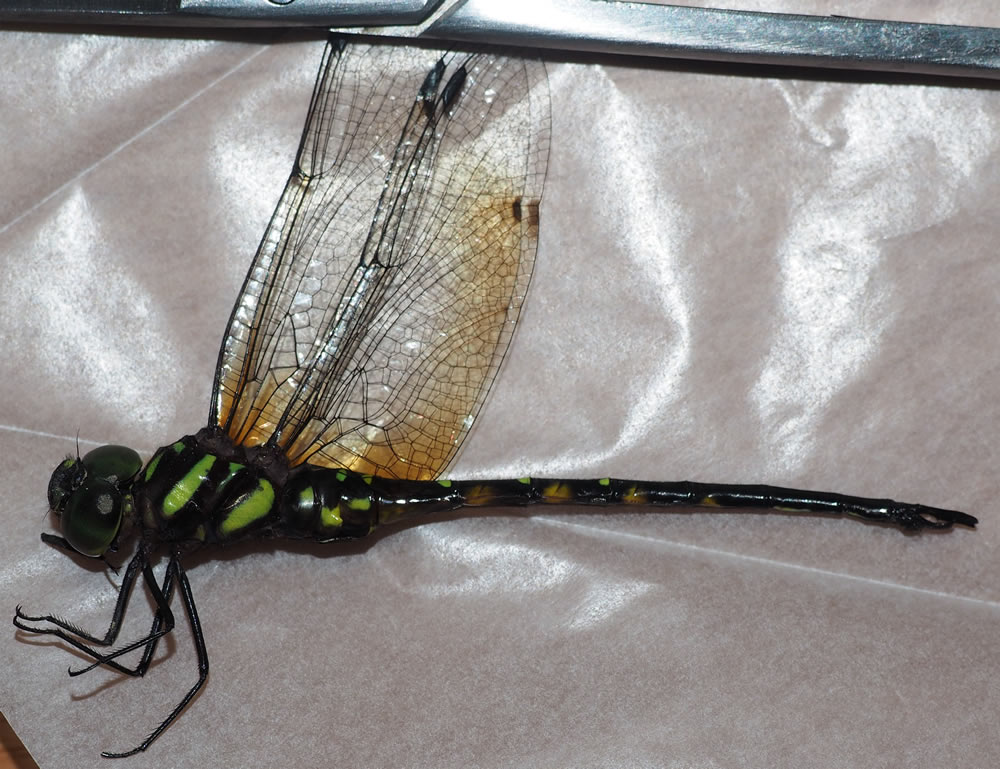 In the first memorable field survey, a new genus and new species of the family Aeshnidae were immediately found. It is a darner that is probably closely related to the genus Sarasaeschna, and was named Sundaeschna tanintharyiensis in the original description paper. The genus Sarasaeschna is often found in Southeast Asia at an altitude of about 1,000 m, whereas this genus was found at an altitude of 100 m or less. It is characteristic that there are brown spots in the middle of the trailing edge of the wing.
In the first memorable field survey, a new genus and new species of the family Aeshnidae were immediately found. It is a darner that is probably closely related to the genus Sarasaeschna, and was named Sundaeschna tanintharyiensis in the original description paper. The genus Sarasaeschna is often found in Southeast Asia at an altitude of about 1,000 m, whereas this genus was found at an altitude of 100 m or less. It is characteristic that there are brown spots in the middle of the trailing edge of the wing.
Many new records from Myanmar
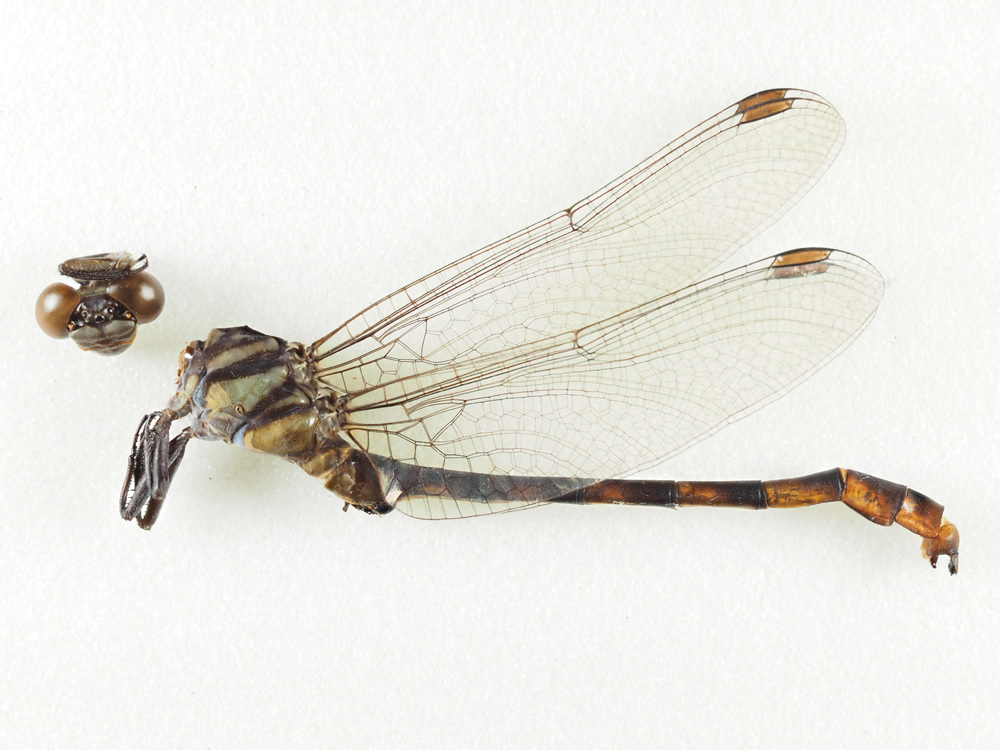
Platygomphus feae.
The "SECOND" record after the original description more than 100 years before.
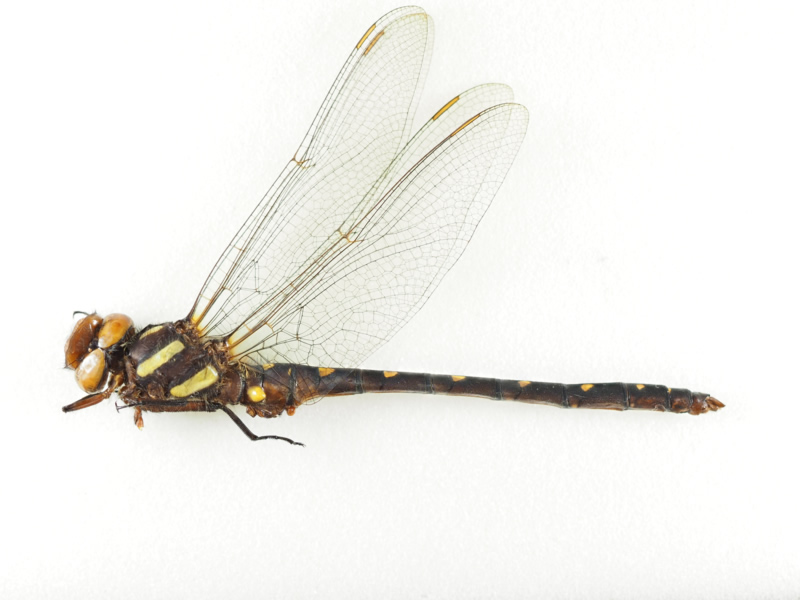
Neallogaster latifrons
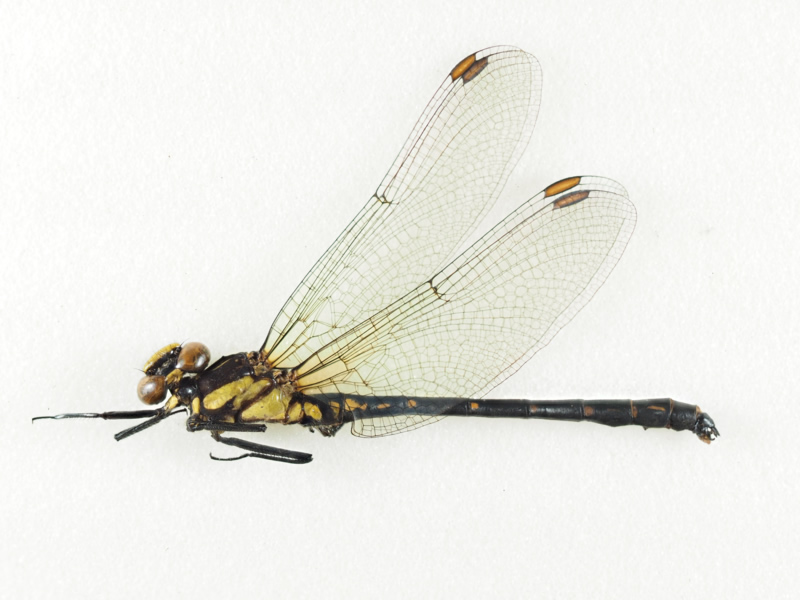
avidius zallorensis
These two species are common with Indo-Himalayan region, found from mountainous region.
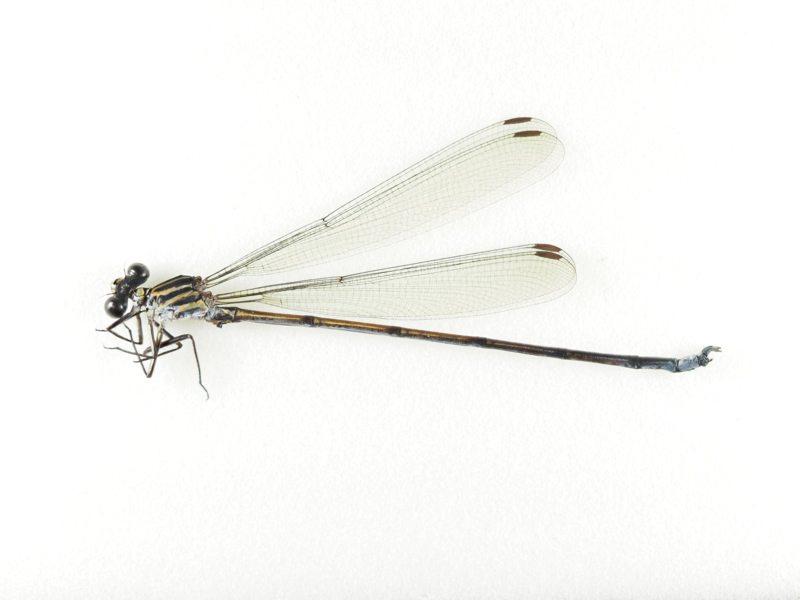
Cryptophaea saukra
A new locality of a critically endangaered species was found. This species was thought to be extinct from type locality in Thailand.
Hymenoptera (bees, wasps, and ants)
A sweeping net and yellow-pan traps were primarily used to collect bees, wasps, ants, and sawflies (Fig. 1). In addition, insect galls induced on plants were collected to obtain cynipid gall wasps.
Cynipidae has never been recorded from Myanmar. However, during field surveys in mountainous areas of Myanmar, several insect galls were collected from Quercus, Castanopsis, and Lithocarpus.
We reported two species of Cynipidae from Myanmar to date. Lithosaphonecrus mindatus was described as a new species of the tribe Synergini by Ide et al. (2020) (Figs. 2, 3). This species was obtained from a gall induced on Lithocarpus thomsonii, and was reported as the first cynipid species described from Myanmar. Andricus mukaigawae is a member of the tribe Cynipini. This species has been recorded in Japan, Korea, China, India, and other countries, and its distribution in Myanmar is newly reported by Ide et al. (2022) (Figs. 4, 5). This species was obtained from a gall induced on Quercus griffithii, and was reported as the first species of Cynipini in Myanmar.
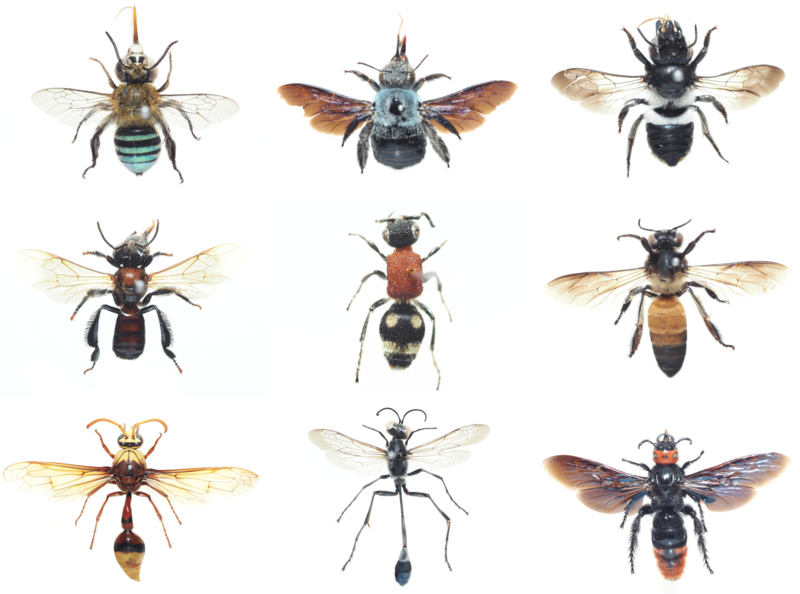
Fig. 1. Bees and wasps collected in Myanmar
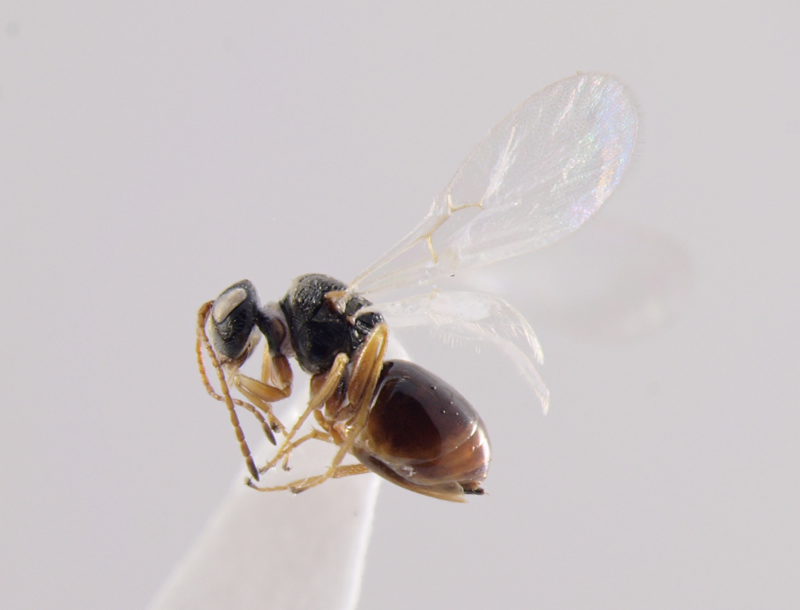
Fig. 2. A new species of Synergini in Myanmar (Lithosaphonecrus mindatus)
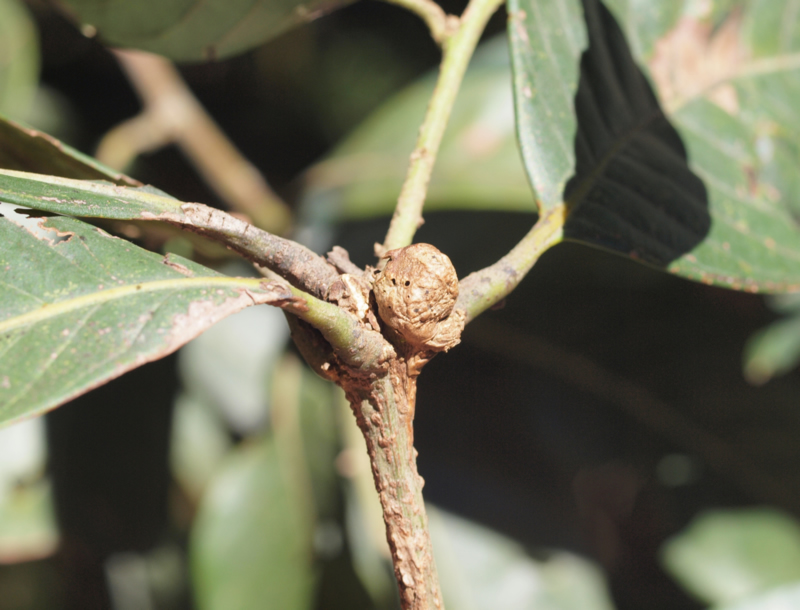
Fig. 3. A gall from which Lithosaphonecrus mindatus emerged
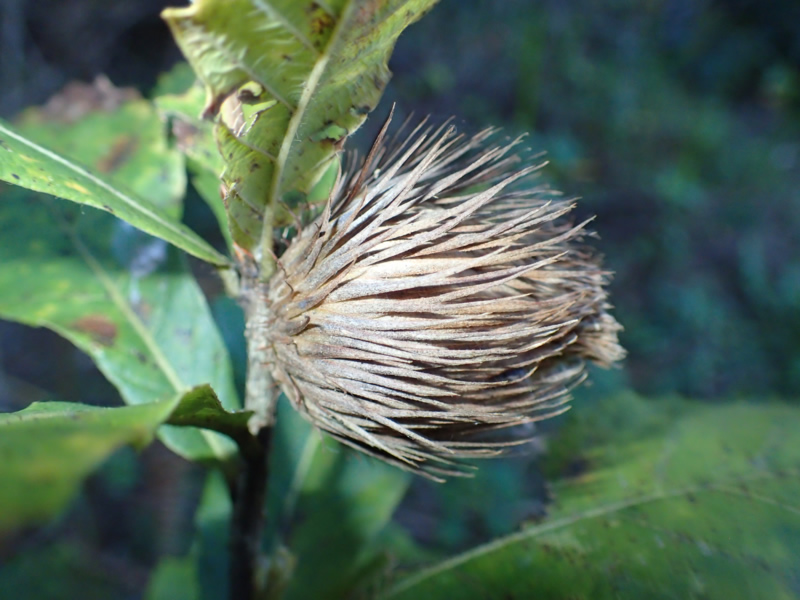
Fig. 4. A gall of Andricus mukaigawae collected in Myanmar
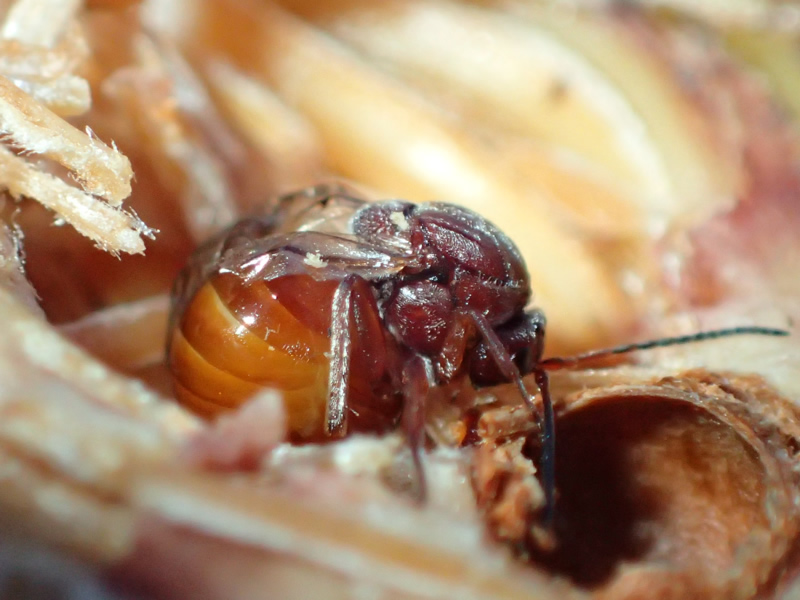
Fig. 5. An adult of Andricus mukaigawae collected from a gall
